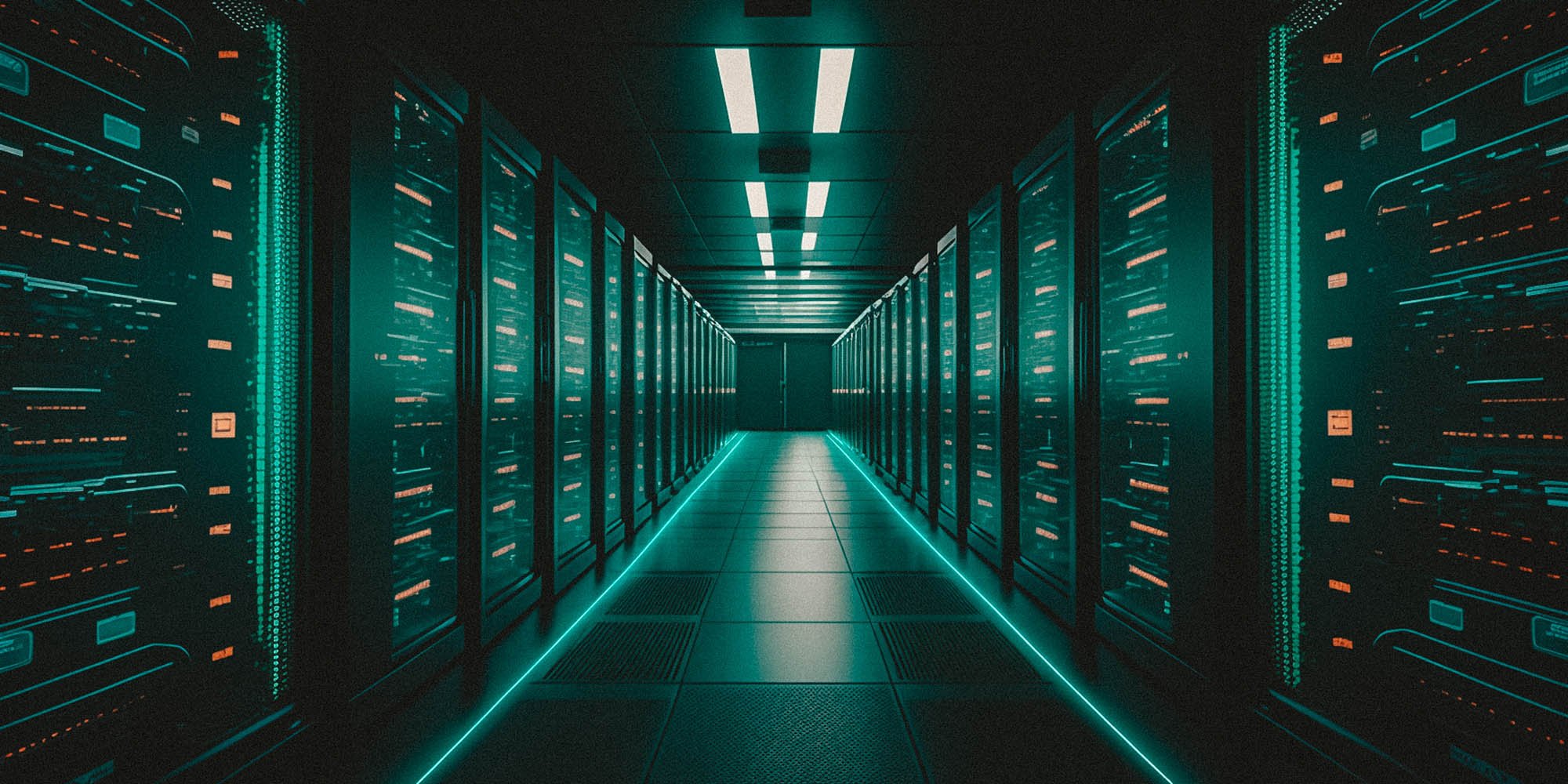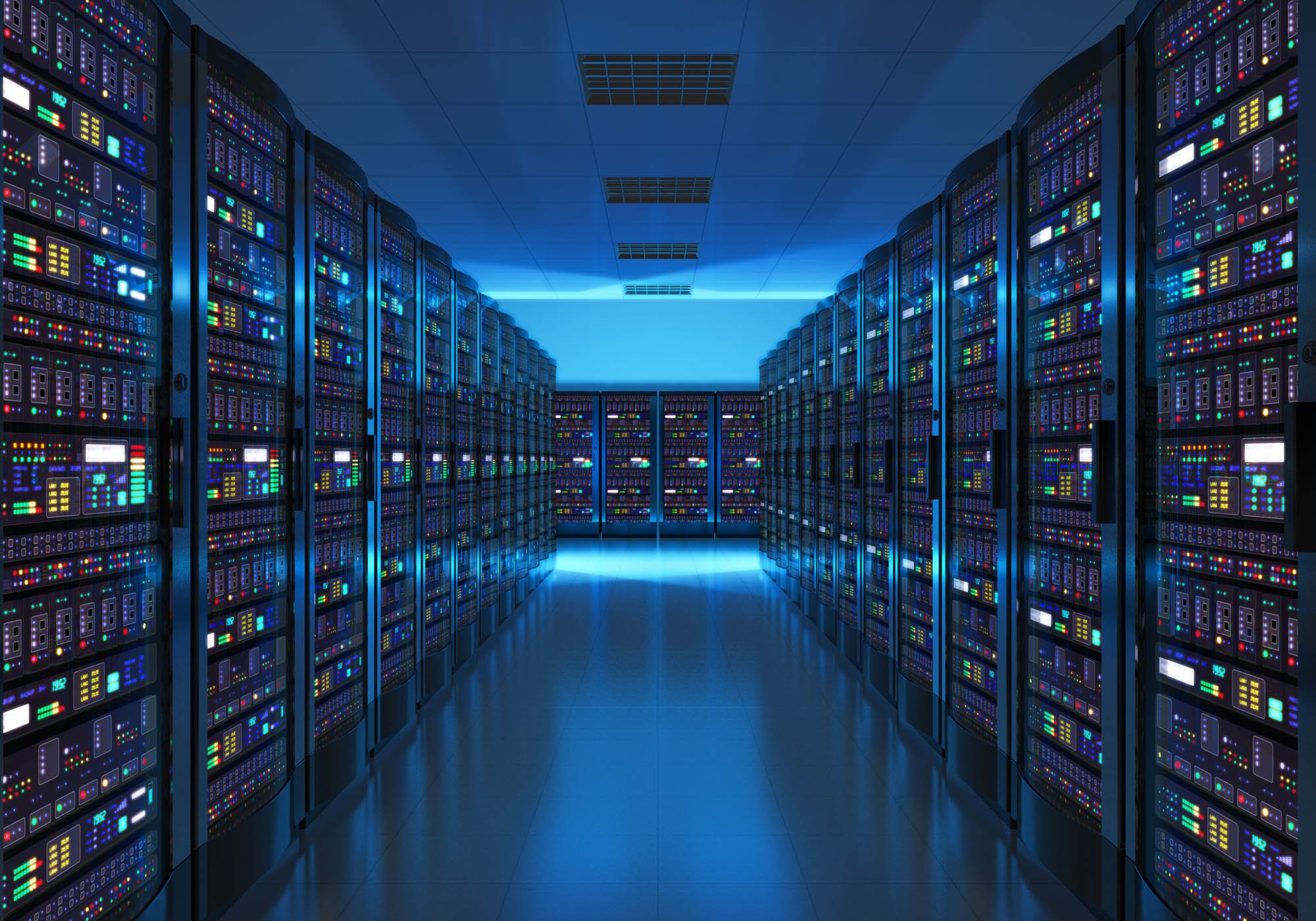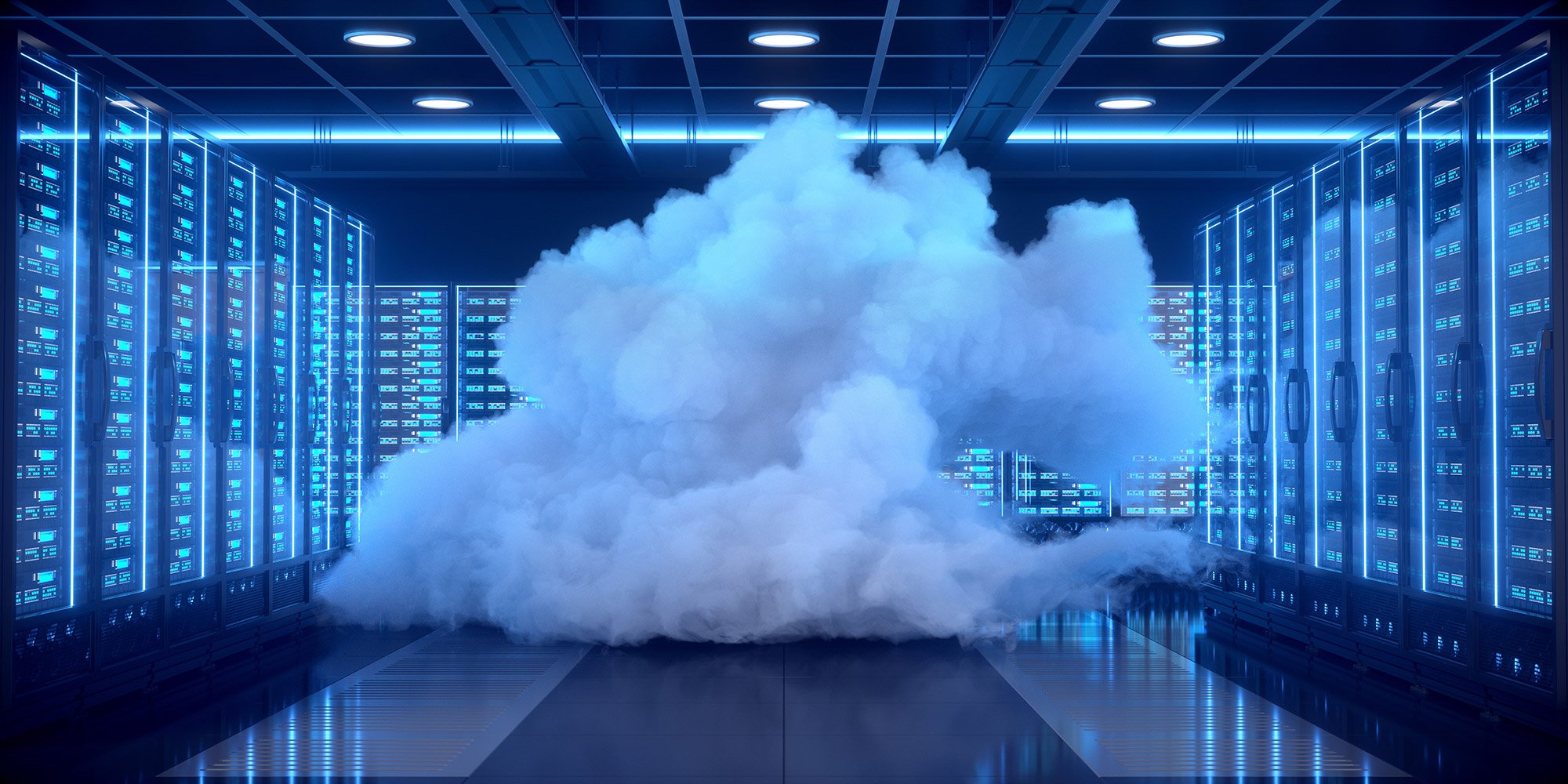
UPS
UPS systems provide backup power during power outages or fluctuations. They consist of a battery, rectifier, inverter, and control components. When the main power supply fails, the UPS switches to battery power, ensuring uninterrupted electricity for connected devices. UPS systems protect against power-related issues and are used in various applications, from individual computers to data centers and industrial facilities.

Infrastructure Equipment
Racks are an essential infrastructure equipment component used for housing and organizing various devices and equipment in data centers or telecommunication rooms. They provide a framework for mounting servers, switches, patch panels, and other network equipment. Additionally, monitoring systems play a crucial role in infrastructure equipment by continuously monitoring parameters such as temperature, humidity, power consumption, and network connectivity to ensure optimal performance, security, and maintenance of the infrastructure.

CCU Units
CCU (Central Control Unit) units are integral components of building automation systems. They serve as the central hub for monitoring and controlling various systems, such as HVAC (Heating, Ventilation, and Air Conditioning), lighting, access control, and security. CCUs receive data from sensors and devices, allowing for real-time monitoring and remote control. They enable efficient management, energy optimization, and automation of building operations, enhancing comfort, safety, and sustainability.

Batteries
UPS batteries are essential components of Uninterruptible Power Supply systems. They store electrical energy in chemical form and provide backup power during power outages or fluctuations. UPS batteries are typically rechargeable and designed to deliver power for a limited duration, ranging from minutes to hours, depending on the capacity and load. They ensure uninterrupted power supply, protecting critical equipment and preventing data loss or disruptions in operations.
